
-
Updating Roman Jakobson’s ‘Poetic Function’ with Vector Semantics
Read more: Updating Roman Jakobson’s ‘Poetic Function’ with Vector SemanticsKurzynski discusses how poetry extends beyond sound and rhythm and taps into a deeper network of meanings.


Kurzynski discusses how poetry extends beyond sound and rhythm and taps into a deeper network of meanings.
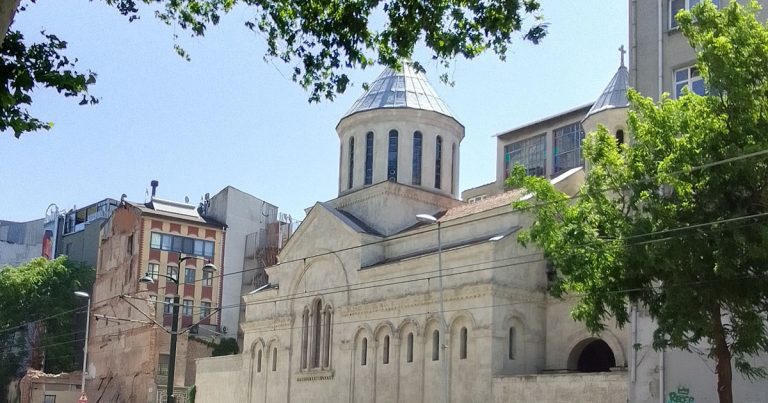
Masayuki Ueno re-evaluates how the Ottoman Empire managed religious minorities from the early days of the empire to the nineteenth century.
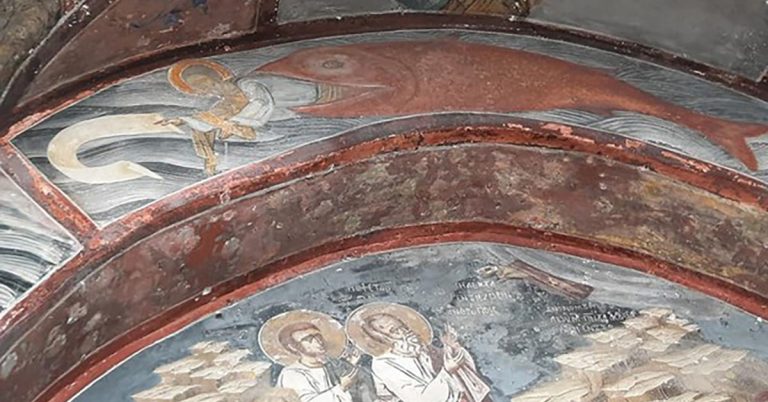
Michail Theodosiadis explores what the European Union can learn from the transcendent values of the Byzantine Empire.
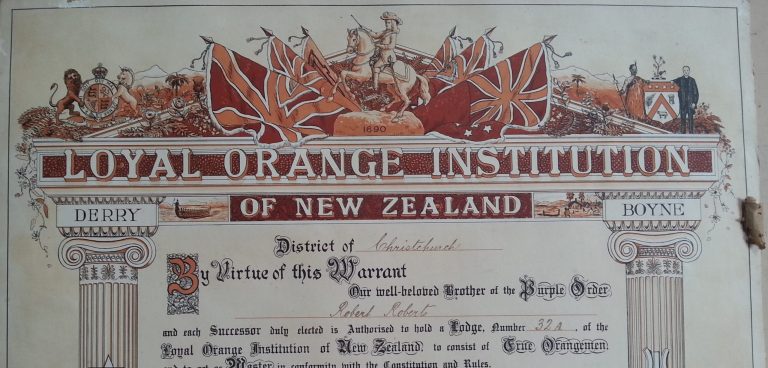
A Q&A with author Patrick Coleman on researching the Orange Order across 230 years and multiple continents.
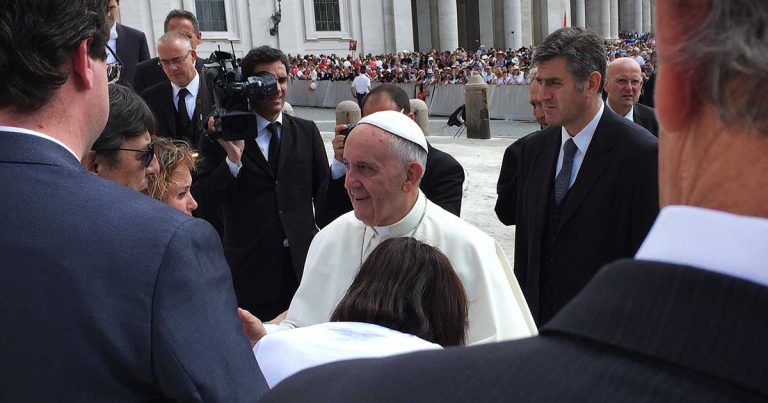
Eduardo Ángel Cruz investigates the overlap between the political and the spiritual in canonizations of the Catholic Church
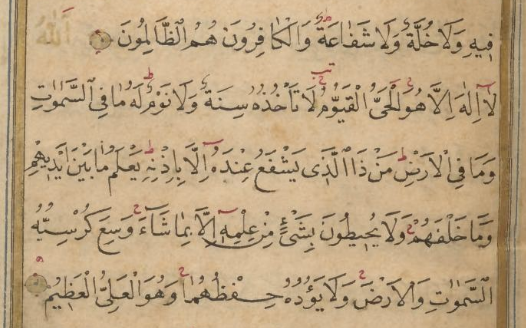
by Shuaib Ally, McGill University Around the turn of the 15th century in Cairo, a hadith scholar named Salah al-Din al-Aqfahsi heard Salah al-Din al-Kalai, a scholar associated with the Sufi Shadhili order, teaching the Quran. Part of his teaching…
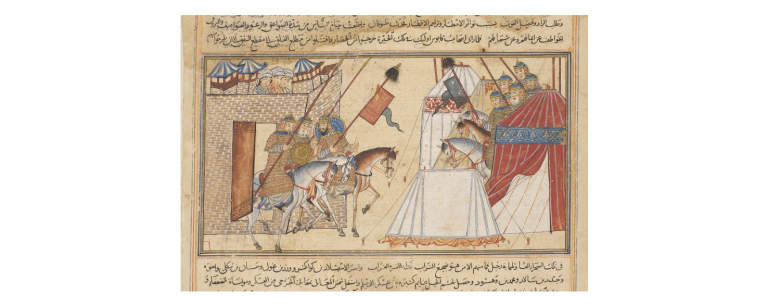
Tell us a bit about your book My book is about the situation in Syria before, during and after the first crusaders arrived in the near east. The crusader armies arrived in Syria in 1097 and immediately began interacting with…
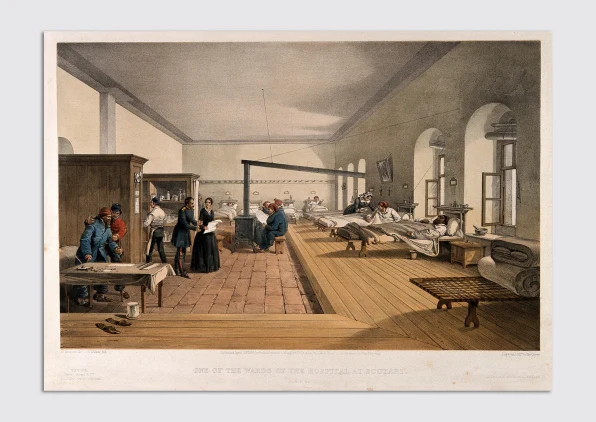
by Sara Honarmand Ebrahimi How did patients feel when visiting mission hospitals built by British missionaries in Asia and Africa in the late nineteenth and early twentieth centuries? I am preoccupied with this question in my book, Emotion, Mission, Architecture:…
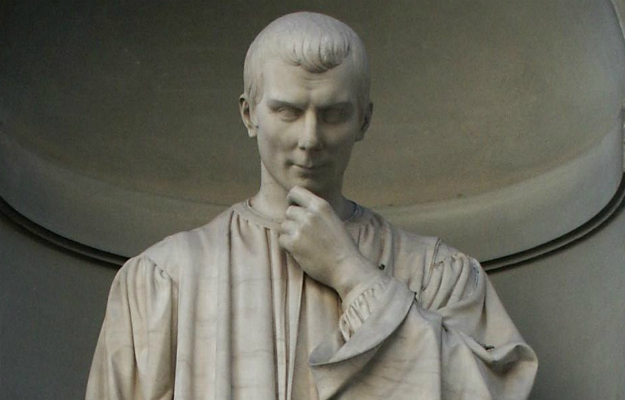
by Leandro Losada Tell us a bit about your book. Machiavelli in the Spanish-Speaking Atlantic World, 1880-1940 pursues two comparative approaches. One is the history of liberal and anti-liberal political thinking. The other is the reception of Machiavelli’s works in…
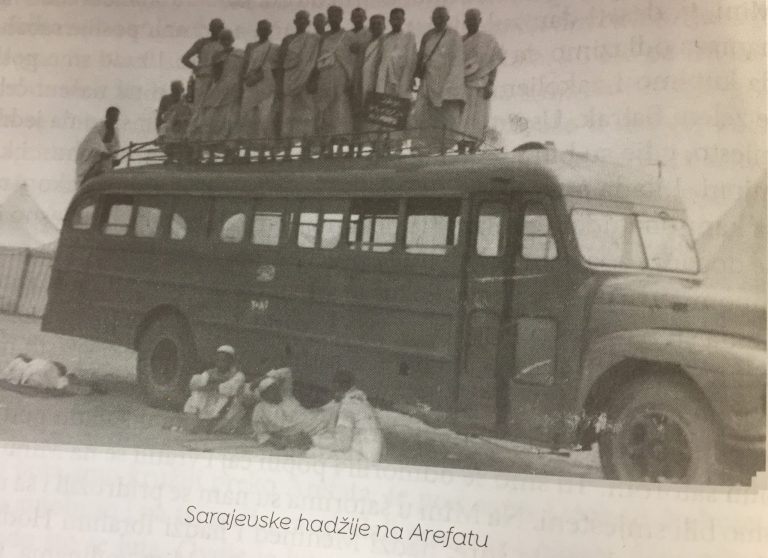
by Dženita Karić As I was doing research on the Hajj discourses in Bosnia from the 16th to the 21st century, I encountered a range of texts, published and unpublished, in Bosnian, Arabic and Ottoman Turkish languages. Some of the…